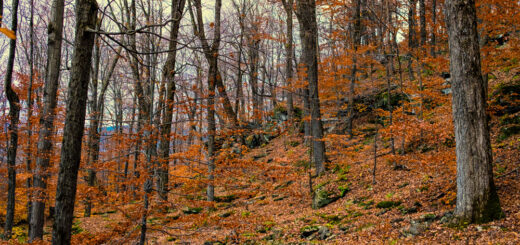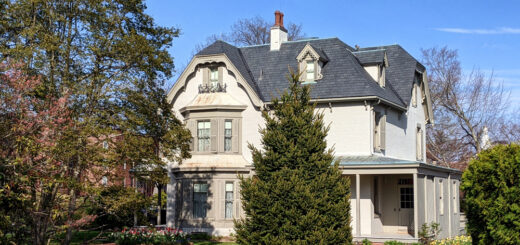The Old Coot
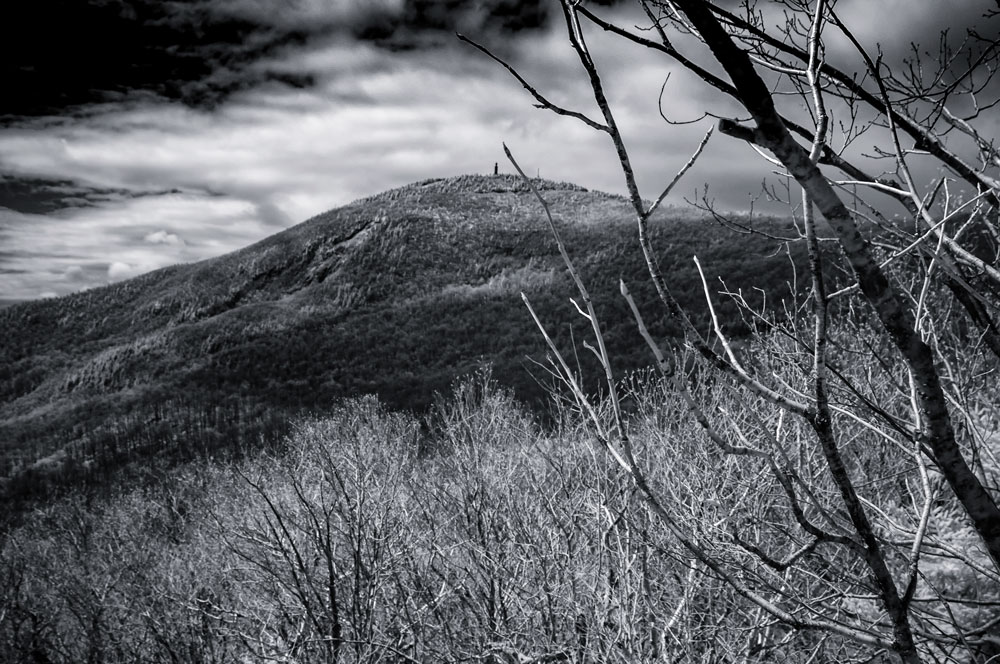 They say a ghost haunts Mount Greylock. It’s the highest peak in Massachusetts and popular with hikers. When I heard about this singular phantom, I decided to investigate the matter for myself. No, I don’t believe in ghosts, but I am scared of them. So I invited a couple of friends to join me. I didn’t mention anything about the ghost, at least not for the first few miles on the trail. Why ruin a perfectly a peaceful walk alongside a gushing brook through a forested ravine?
They say a ghost haunts Mount Greylock. It’s the highest peak in Massachusetts and popular with hikers. When I heard about this singular phantom, I decided to investigate the matter for myself. No, I don’t believe in ghosts, but I am scared of them. So I invited a couple of friends to join me. I didn’t mention anything about the ghost, at least not for the first few miles on the trail. Why ruin a perfectly a peaceful walk alongside a gushing brook through a forested ravine?
As it turned out, ours was the same route the writer Henry David Thoreau took in 1844 when he climbed the mountain. In those days, much of the forest had been cleared for pasture, and a few widely separated farmhouses stood along the way. Today no sign of any house remains, only the occasional stone wall tumbling in sylvan obscurity, marking the forgotten boundaries of forgotten farms.
A couple hours of walking—with a modest elevation gain of 900 feet—brought us to a mountain notch called “the Bellows Pipe.” Here as we rested sitting on one of the old stone walls I recounted the story of “the Old Coot.”
A long time ago, a young fellow named William Saunders brought his wife, Belle, and their two small children to North Adams in the Berkshires. He purchased some land on the outskirts of town and established a farm. The family worked hard and soon their farm was the most prosperous in the area. Along came the Civil War. Saunders joined the Union Army and went off to fight the noble cause. The war raged on. At some point, the young man was seriously wounded in battle. Word was sent back to his family that he was near death and not expected to live. That was the last news anybody had of him. The war ended. Years passed. Everybody assumed Saunders had died. Belle moved on with her life, marrying the farmhand Saunders had hired to take care of things while he was away. The new husband adopted the two children as his own.
One day a mysterious stranger arrived on the scene—an emaciated, ragged blue-uniformed “gentle-man-of-the-road.” It was William Saunders, but nobody recognized him—not even his wife and children—because he spoke no words and bore no resemblance to the robust, youthful figure he once was. Everyone just called him “the Old Coot.” It’s not known how he found out that his wife had remarried and his children were now calling another man “Daddy,” but it broke his heart. He left town, heading south along the road between North Adams and Pittsfield until he found a place high up on the eastern slope of “Saddle-Back” (as Greylock was called in those days). There he built himself a little mountain shack and lived as a hermit for many years. Then one night during a particularly fierce winter, a roaring wind blew open the flimsy door of the shack and the Old Coot perished in his bed of the cold.
No telling how long the corpse lay there. Eventually a couple of stray hunters happened upon the place and found the body nearly buried under a drift of snow inside the shack. Among the few personal effects they found were discharge papers and other documents that firmly established the Old Coot’s true identity. The news of his terrible fate spread quickly across the region. In no time, reports began circulating that the Old Coot’s ghost had been spotted in the vicinity of the shack. It wasn’t long before the harsh conditions on the mountainside took their toll on the flimsy structure. It disappeared from the landscape. But the ghost of the Old Coot persisted, at least in the motley forms of a story.
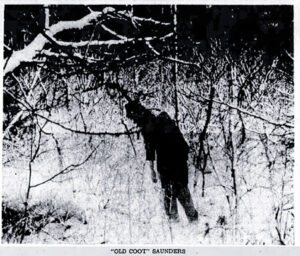 Curiously, it wasn’t until 1939 that the word-of-mouth tale was finally fixed in print. An uncredited newspaper article in the January 19th edition of the North Adams Transcript presented what facts there were. In a follow-up piece a week later—also without a credit line—a blurry photograph was published purporting to be of the ghost of the Old Coot himself. According to the accompanying article, the picture was taken by a photographer who was part of a “ghost-raising expedition.” He claimed to have been alone in camp when a strange old man trudged toward him out of the snowy woods, “dressed in a worn and ragged Civil War uniform which seemed to afford little protection to his skinny shanks.” The photographer thought the man’s face interesting enough to photograph, so he got out his camera. “When he looked up from adjusting his shutter he saw the old chap making off at top speed. As he went into the woods his form became faint and then disappeared into thin air.” That’s when the photographer realized: “Why that’s the ghost of the Old Coot!” He fumbled with his camera and was able to snap the shutter just before the figure faded entirely.
Curiously, it wasn’t until 1939 that the word-of-mouth tale was finally fixed in print. An uncredited newspaper article in the January 19th edition of the North Adams Transcript presented what facts there were. In a follow-up piece a week later—also without a credit line—a blurry photograph was published purporting to be of the ghost of the Old Coot himself. According to the accompanying article, the picture was taken by a photographer who was part of a “ghost-raising expedition.” He claimed to have been alone in camp when a strange old man trudged toward him out of the snowy woods, “dressed in a worn and ragged Civil War uniform which seemed to afford little protection to his skinny shanks.” The photographer thought the man’s face interesting enough to photograph, so he got out his camera. “When he looked up from adjusting his shutter he saw the old chap making off at top speed. As he went into the woods his form became faint and then disappeared into thin air.” That’s when the photographer realized: “Why that’s the ghost of the Old Coot!” He fumbled with his camera and was able to snap the shutter just before the figure faded entirely.
Those are the details of the Old Coot’s story, so far as I was able to gather them. My hiking companions listened attentively, though not without suitable skepticism. “That story has a lot of holes,” said one as he stood up from his seat on the old stone wall. True enough, but the holes are how the life gets into any good story.
We continued our walk, now descending into the drainage of Hoxie Brook. A couple of college kids were plodding up the trail in our direction. They looked tired and bored with their circumstances, ready to turn around and go back down to the wired world whence they came.
I asked them, “Have you seen the ghost?” They looked dubious and shook their heads no. “Do you want to hear the story?” They nodded eagerly. I gave them an abbreviated version. Their faces lit up. One of them pulled out his phone and started tapping.
“Holy crap!” he said. “Here it is! It’s true! The Old Coot of Greylock! Thanks, Mister, for telling us about this!” Off they went, keen to resume the ascent, with renewed energy and maybe even a purpose.
A little further down the slope we came to a flat where three trails meet. As far as anybody knows, this was the site of the Old Coot’s shack. An interpretive kiosk now stands there, erected by park officials. I stopped to investigate while my friends continued down the trail.
The structure had seen better days. The Plexiglass over the signage was scuffed and dingy, defaced with provocative graffiti: “Where you headed? Why you looking here?” I tried to peer through the vandal’s scrawl to read the official words about this place, but they were unfathomable. As I withdrew my gaze from the murky depths, a gruesome image—partially obscured by all the defacements—came into partial focus on the surface of the Plexiglass. It was the ghost of the Old Coot! Right behind me!
I spun around to find nobody standing there. I turned back to the Plexiglass for another look. The Old Coot was still there—but I now recognized the image to be my own reflection.
Enough!
I snapped a picture of the site and hurried down the trail to rejoin my friends.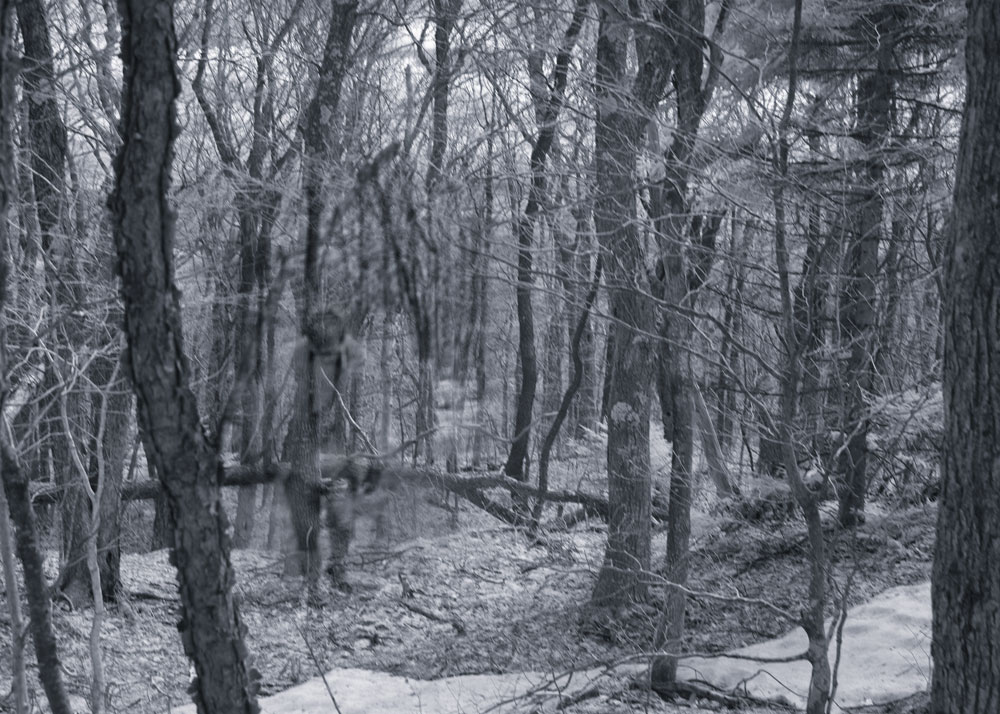 ©John P. O’Grady
©John P. O’Grady
Originally published in The Mountain Eagle on April 2, 2021
